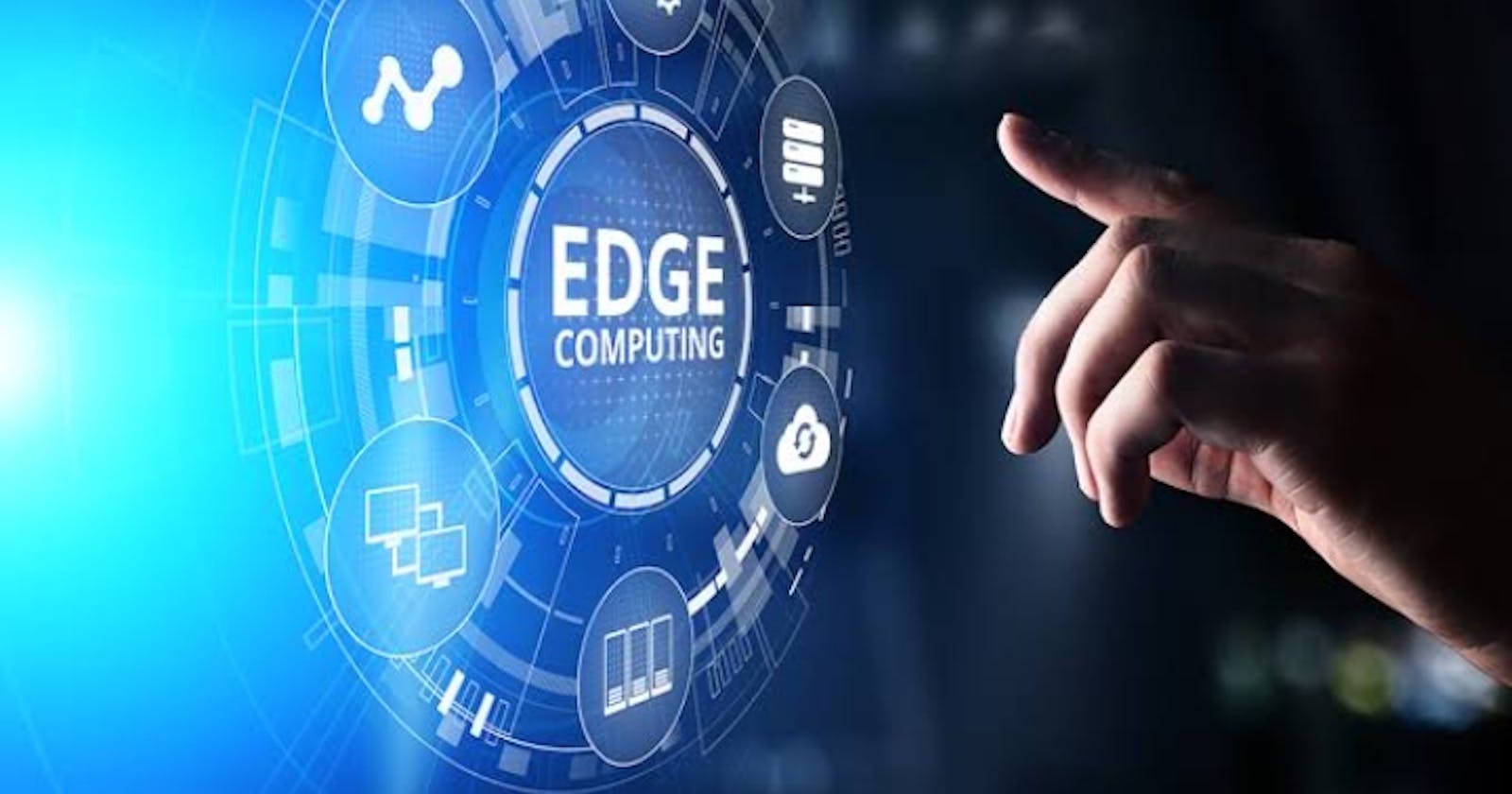Edge computing is an emerging computing paradigm which refers to a range of networks and devices at or near the user. Edge is about processing data closer to where it’s being generated, enabling processing at greater speeds and volumes, leading to greater action-led results in real time.
It offers some unique advantages over traditional models, where computing power is centralized at an on-premise data center. Putting compute at the edge allows companies to improve how they manage and use physical assets and create new interactive, human experiences. Some examples of edge use cases include self-driving cars, autonomous robots, smart equipment data and automated retail.
Edge devices: We already use devices that do edge computing every day—like smart speakers, watches and phones – devices which are locally collecting and processing data while touching the physical world. Internet of Things (IoT) devices, point of sales (POS) systems, robots, vehicles and sensors can all be edge devices—if they compute locally and talk to the cloud.
Network edge: Edge computing doesn’t require a separate “edge network” to exist (it could be located on individual edge devices or a router, for example). When a separate network is involved, this is just another location in the continuum between users and the cloud and this is where 5G can come into play. 5G brings extremely powerful wireless connectivity to edge computing with low latency and high cellular speed, which brings exciting opportunities like autonomous drones, remote telesurgery, smart city projects and much more. The network edge can be particularly useful in cases where it is too costly and complicated to put compute on premises and yet high responsiveness is required (meaning the cloud is too distant).
